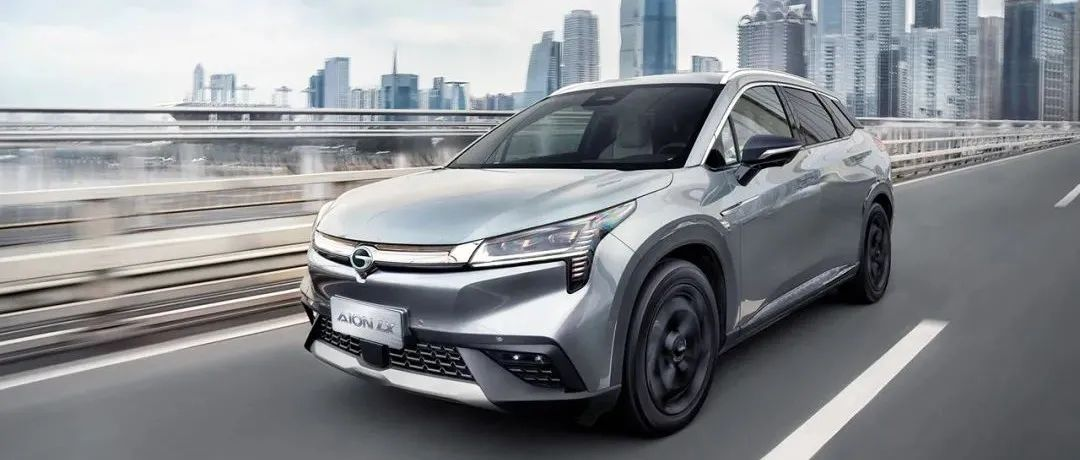Translation in English Markdown
Author: Doris
On November 5th, the Ministry of Industry and Information Technology announced the first electric vehicle model with a range of over 1000 km, Guangzhou Automobile Group’s AION LX, which marked the landing of the previously announced range-boosting black technology utilizing silicon-based anode battery technology. Currently, there is news that as the flagship model of the AION family, the AION LX will also receive a new upgrade and will be unveiled at the Guangzhou Auto Show. With the announcement of the safety technology of the magazine battery system, the ultra-fast charging battery technology, and the A480 supercharging pile, Guangzhou Automobile Group Aion has solved the pain points of new energy vehicles in terms of safety and charging. Therefore, Guangzhou Automobile Group Aion has realized all of their previously announced plans.

Industry Focus on Technological Breakthroughs, Guangzhou Automobile Group Aion Takes the Lead
Since the beginning of this year, the development of the new energy industry has been rapid, with the number of electric vehicles increasing rapidly. At the same time, some consumers who have long-distance travel needs have put forward higher requirements for the range of new energy vehicles, a “pain point” that has not yet been fully addressed due to the incomplete charging network. To meet consumer needs, at the beginning of the year, Guangzhou Automobile Group Aion announced that their electric vehicle with a “silicon-based negative electrode battery” can achieve a range of 1000 km on the NEDC cycle, and it won’t wait until next year to be mass-produced. Not only Guangzhou Automobile Group Aion, but also other EV players, such as NIO and Zeekr, have claimed that their models can achieve a range of 1000km on the NEDC cycle.
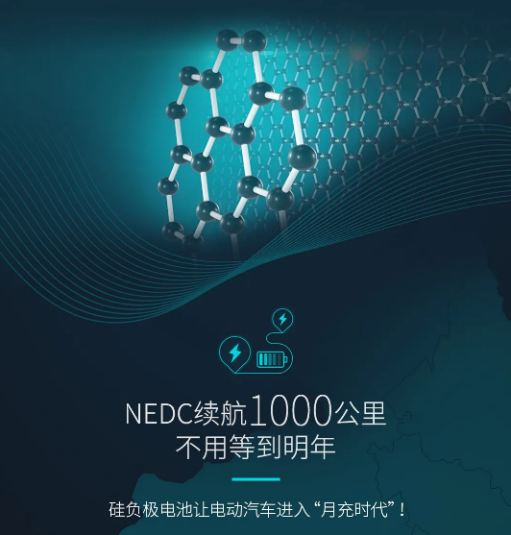
Approaching the end of the year, Zeekr’s L7, which announced a range of 1000 km, has also been listed on the Ministry of Industry and Information Technology’s catalog, but interestingly, the information shows that there is no model with a range of nearly 1000 km, only a four-wheel-drive version with a range of 615 km and a two-wheel-drive version with a range of 708 km. The mass production time of NIO’s eT7 has not been revealed. Currently, except for Guangzhou Automobile Group Aion, the other automakers who announced a 1000 km range seem to have paused their development, indicating that the difficulty of the technology has been underestimated. Guangzhou Automobile Group Aion is now the leader in the industry with AION LX achieving a range of over 1000 km and being listed in the Ministry of Industry and Information Technology’s catalog, which greatly boosts the confidence of the industry and consumers, and makes it possible for new energy vehicles to “charge once a month”.
One Step at a Time, 1000 km Range Has Finally Come True.Since the beginning of the year, a number of automakers have announced plans to launch 1000km range pure electric vehicles, generating significant interest. Following the release of a preview in January, at the 2021 GAC Tech Day in April, GAC Aion’s sponge silicon negative electrode battery technology was officially unveiled. After five years of secret technical development, the GAC team reportedly overcame the challenging application issue of silicon negative electrode materials in large-sized power batteries, achieving the first application of high-capacity silicon negative electrode materials in large-sized power batteries, making it a highly advanced “black technology”.
In July, the AION LX equipped with sponge silicon negative electrode battery technology successfully underwent summer testing in Sanya, Hainan. The real-life vehicle and user usage scenarios were simulated in an extreme environment with an average temperature of up to 36℃ (and a surface temperature of nearly 60℃) and an average humidity close to 90%. After multiple days of continuous testing, the AION LX’s comprehensive range was measured at 904 km, successfully completing the high temperature calibration and testing of the vehicle. This means that the AION LX, which can travel 1000 km on a single charge, has achieved a breakthrough in range, making GAC Aion a leader in the industry. Now, the AION LX has officially entered the MIIT catalog, as expected. We believe that in the future, its 1000km range will provide unprecedented travel experiences for more people.
For a long time, the three major pain points of safety, range, and charging have been like three mountains blocking the development of new energy vehicles. Currently, for many consumers who are considering purchasing an electric car, the range anxiety problem has been basically solved with the current average 600 km range, which is comparable to that of gasoline vehicles. But the arrival of the AION LX with a 1000 km range further and completely solves the range anxiety of new energy vehicle consumers, undoubtedly greatly enhancing their trust in new energy vehicles and driving further promotion of green travel.
In terms of safety, in the first half of the year, GAC Aion also launched the magazine battery system safety technology and successively passed the China Automotive Technology and Research Center’s needle piercing and thermal runaway experiments on its ternary lithium battery pack and lithium iron phosphate battery pack. For the first time, it demonstrated that the ternary lithium needle piercing did not ignite, proving its high safety level and redefining the new battery safety standard. Currently, the magazine battery has been installed on AION models, providing consumers with an effective “tranquilizer” for new energy vehicle safety.## Charging-wise, in late August, Guangqi Aion officially released ultra-fast battery technology that can achieve “5 minutes of charging and 200 km of range” and an A480 ultra-fast charging station that can reach a maximum charging power of 480 kW after 7 years of development. They also announced plans to build an ultra-fast charging network. Currently, the first model of Guangqi Aion that uses the ultra-fast battery technology, AION V Plus, supports two charging speeds: 6C and 3C. The model equipped with 6C super flash charging can charge 207 km in 5 minutes in real-world testing, while the model equipped with 3C super flash charging can charge 114 km in 5 minutes. It is reported that the 6C version of super fast charging has also been listed in the Ministry of Industry and Information Technology’s (Batch 348) product announcement on September 30. This accelerates the industry’s move towards a “charging as fast as refueling” ultra-fast charging era.
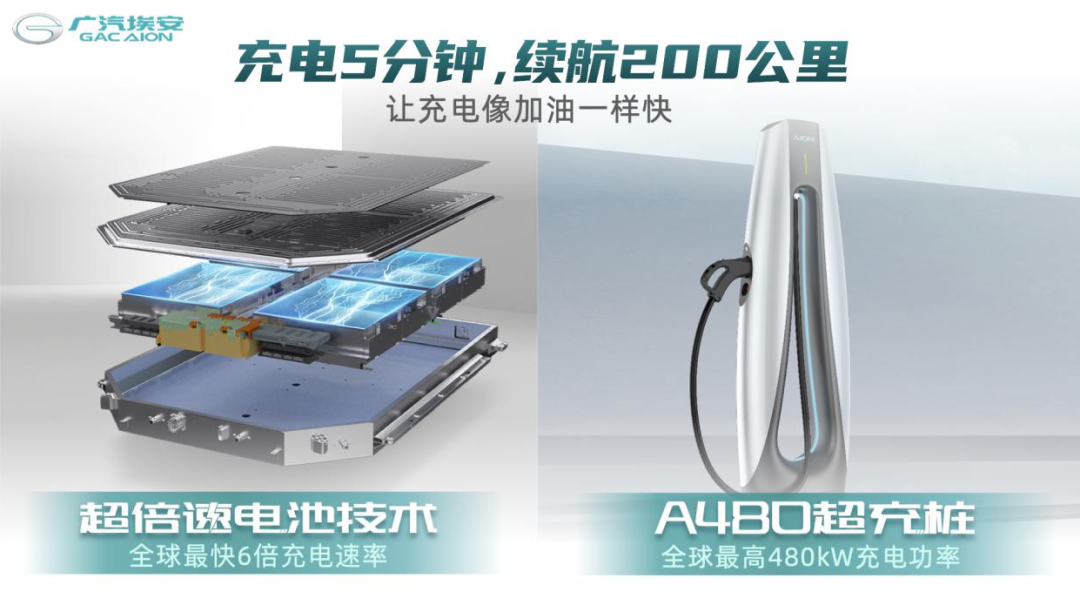
With the success of the “commitment” of Guangqi Aion, the three major battery technologies of ultra-safety, ultra-fast charging, and ultra-long endurance have all been clearly implemented, removing the three “barriers” of safety, charging, and endurance that obstruct new energy vehicle industry development, easing user pain points, and paving the way for the rapid popularization of new energy vehicles.
Construction of a self-developed power battery trial production line, marking a new milestone in self-research capability.
After possessing a series of battery black technologies, it was almost a matter of course. On October 29, the Guangqi board of directors approved the “Proposal on the Construction of a Self-developed Battery Production Line” and agreed to implement the project plan for the construction of a self-developed battery trial production line of Guangqi Aion with a total planned investment of CNY 336 million, aiming to accelerate the industrialization of self-developed battery technology, verify battery process maturity, product consistency, product cost, and reserve mass production process technology.
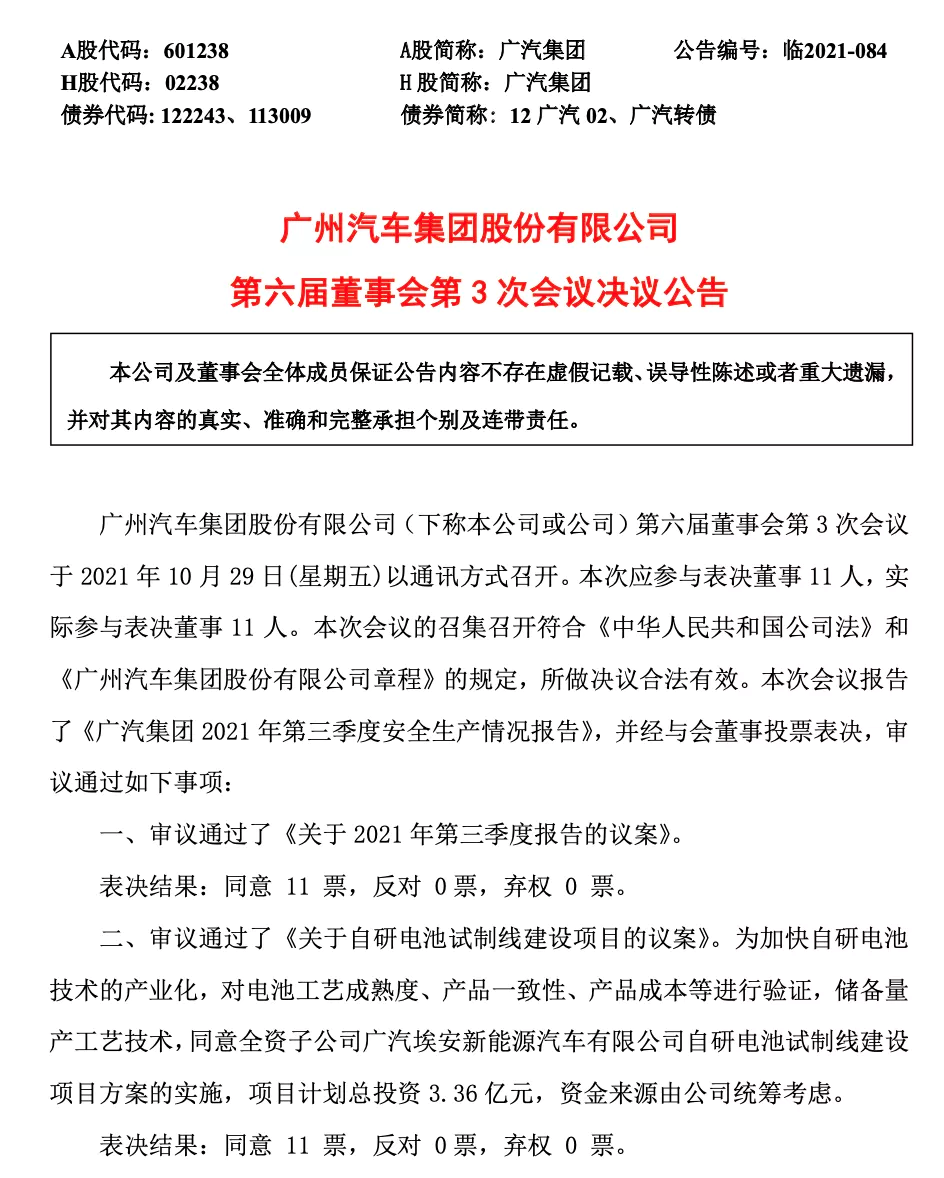
It is reported that as early as 2011, Guangqi started research and application of electric and intelligent network connection technologies and has formed a large number of technical achievements and talent reserves. Focusing on power battery technology, Guangqi has a research and development team of more than 600 people, leading battery laboratories in the industry, professional test sites, and battery pack production workshops to develop independent battery pack design and production capabilities. The construction of a self-developed battery trial production line is also an important measure of the “Neutron Star Strategy” announced by Guangqi Group at the “Guangqi Technology Day” in April this year. In August this year, Guangqi Group announced the Aion mixed reform, reorganizing and integrating part of its research and development business and assets into Guangqi Aion, further helping to enhance its R&D capabilities.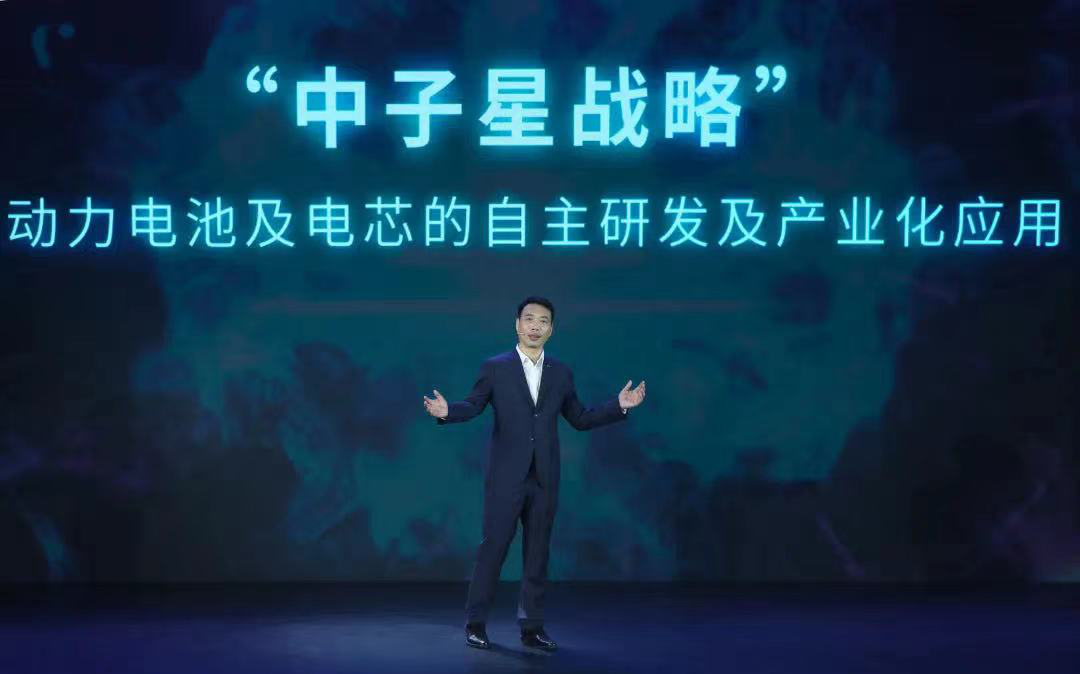
The construction of the self-developed battery production line this time demonstrates Guangzhou Automobile EAn Technology Co., Ltd.’s self-research ability in the field of power battery technology and is also an interpretation of its concept of adhering to technological innovation and leading development. As we all know, technology and cost will be the core of future industry competition, and the new energy vehicle market will also transition from single “product” competition to “product + ecology” competition. Guangzhou Automobile EAn Technology Co., Ltd., with strong self-developed power battery capability, will accelerate the construction of a sustainable energy utilization ecology, including energy supply ecology and battery recycling ecology, demonstrating a thriving upward trend.
Guangzhou Automobile EAn Technology Co., Ltd. is leading the development of EV technology in the new energy industry with its leading performance in range, safety, and fast charging. Moreover, its active exploration in industrialization makes its future development full of imagination. Its commitment to building a sustainable energy utilization ecology is also becoming more and more urgent. For consumers, a better travel experience is at their fingertips.
This article is a translation by ChatGPT of a Chinese report from 42HOW. If you have any questions about it, please email bd@42how.com.
